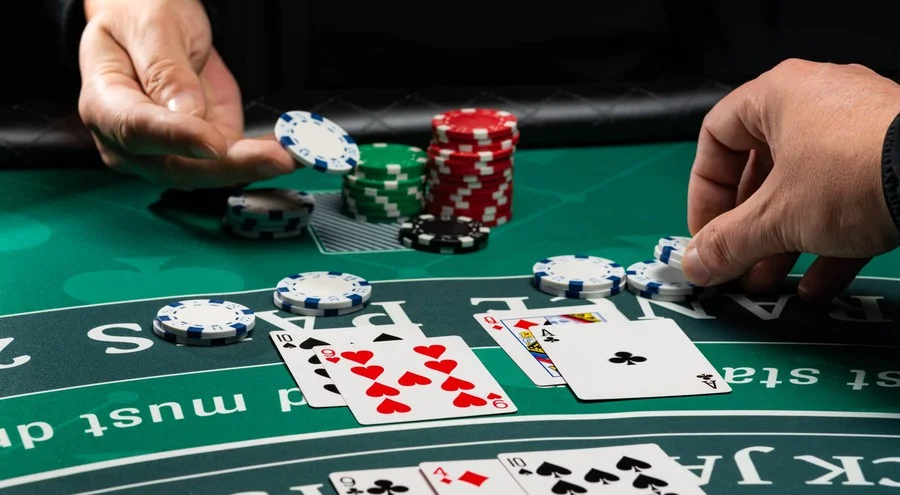Casinos always have a house edge, which is an advantage that applies to every game they offer. If you want to beat this advantage, there are a few things you should be aware of.
The house edge can range anywhere from 0.42% to 1.5% depending on the rules, but it can be reduced further through certain strategies.
Game of chance
Blackjack is a game of chance in which players make decisions based on the cards dealt to them. At each session, they can select to “hit,” stand,” or double down on their bet.
To beat the dealer’s hand without exceeding 21, players use basic strategy and apply a reliable plan to reduce their chances of failing. This helps them make the best decision possible.
A player’s odds in blackjack depend on several variables, such as the rules of the game and how many decks are used. Additionally, they depend on which side bets are available to them.
Some rules can tip the odds in players’ favor, potentially decreasing the house edge. Examples include allowing them to double on advantageous starting hands such as two-card totals of 10 and 11, resplitting their bets after a split, prohibiting dealers from hitting split aces, and disallowing doubling after a cut-card.
Rules
Blackjack, like many casino games, has a house edge. This means the casino anticipates making profits in the long run and builds rules into its system that give them an advantage over players.
To beat the house edge in blackjack, you can utilize either basic strategy or card counting – both highly effective methods. These systems enable you to reduce the house edge to a small percentage by adhering to proper procedures and taking advantage of any special regulations that may exist.
Card counting can help you predict whether the dealer has blackjack or not, enabling you to place larger bets. Furthermore, these systems assist in deciding when to hit or stand, which may help tilt the odds in your favor.
One way to beat the house edge in blackjack is to start with a smaller bankroll. For example, if your starting balance is PS100, only bet $5 per hand – that’s 5% of your money – since the house edge applies across all bets, not just what you start with. This strategy helps reduce exposure to house edge situations during blackjack games.
Payouts
Playing blackjack correctly and using basic strategy can significantly reduce the house edge. The lower the house edge, the more level playing field there is between players and casinos.
Blackjack stands out among other casino games due to its reliance on probability rather than pure luck. As a result, the house edge for blackjack is relatively low compared to other options such as Roulette.
Players can opt to hit (take another card), stand, split (if dealt two identical cards), or double down (double their original bet and receive an additional card). All decisions must be made with only one of the dealer’s cards visible.
A sound blackjack strategy can reduce the house edge to an acceptable percentage, depending on the game rules. These tactics include knowing when to hit, stand or split and managing your betting bankroll effectively.
Variations
Variations in blackjack can help boost your chances of winning and add an extra layer of enjoyment to the game. They offer a great opportunity for gamers to stretch their gaming skillset and experience something different every single round.
Popular variations include Super Fun 21, Double Attack, Atlantic City Blackjack and Spanish 21. Each has its own rules and subtleties that players should take into consideration when playing.
Each game has a house edge, which can vary depending on the version played and other variables like the dealer’s betting and drawing rules.
Basic strategy will keep the house edge low and minimize your loss in the long run. More complex approaches such as card counting can bring down even further the house edge; however, these techniques are strictly forbidden at land-based casinos and cannot be utilized in RNG online games where a new deck is used each hand.
Another popular variation is Zappit Blackjack, which allows you to discard (Zap) your hand on 15, 16 or 17. This can be a great way to get out of tight spots and is especially helpful in fast-paced mobile play.



